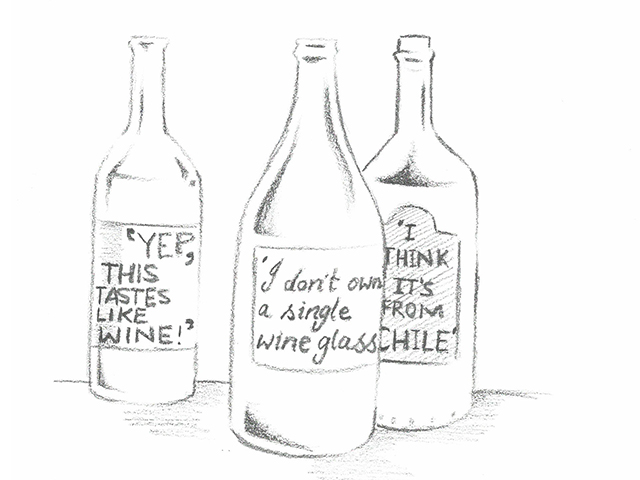
Our generation has grown up with the concept of ‘disposable fashion’, where you pick up something cheap and cheerful from Penney’s or Forever 21, wear it for one night, and then banish it to the back of your wardrobe in favour of the next trending garment that can be picked up for a fiver.
We are all guilty of this. In our grandparents’ generation, a ripped shirt elbow would have been patched or old jeans cut into summer shorts. Nowadays, however, cheap clothing is massively available, and so the need for a patch or a needle and thread has diminished.
Disposable fashion junkies are the kind of people who buy ten bikinis for their holiday but bring few to none of them back, with the intention to purchase new ones again next year. After all, “they were only from Penney’s”.
However, it frustrates me that these people are oblivious to the fact that their nonchalant attitude towards dumping clothing is contributing to what has become a critical waste issue.
Ninety five per cent of unwanted clothing is recyclable, and yet only a fraction of these fabrics ever see themselves being used for anything else after being worn a few times and discarded.
And let’s not forget the human element of the situation – many clothing items are mass produced on a huge scale in overseas factories by real people who work ungodly hours for very little pay. Often the companies do very little to support the local communities they exploit in the name of cheap labour.
Discarded items can easily be brought to the local charity shop, where their sale will contribute to supporting Oxfam, St Vincent de Paul and many other causes.
The problem is that charity shops have a bad reputation for being musty and filled with dusty ceramic cats and grainy Disney video tapes. But in reality, they are filled with hidden gems, from legitimate vintage coats and beaded dresses to a handy Grandad jumper for chilly walks to college.
H&M is one of the few high street giants who aims to be an environmentally sustainable fashion company, with the launch of its H&M Conscious range, which features clothes made of recycled materials. Over 20 per cent of H&M’s cotton is organic, recycled or grown under the Better Cotton Initiative, and they aim to have increased this to 100 per cent by 2020.
Fashion should be ethical as well as an exciting part of everyday life, and should work to benefit the factory workers and also minimise negative environmental effects.
Next time you are having a wardrobe clear out, consider recycling, repurposing or donating your well-worn threads rather than throwing them in the trash. Recycled clothing can be regenerated into clothes and housing insulation, giving the textiles a new purpose rather than languishing in the dump.
Sarah Magliocco
Image Credit:Shutterstock




Leave a Reply